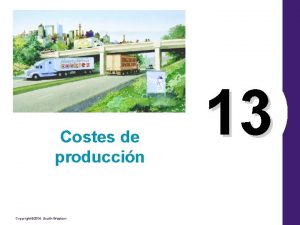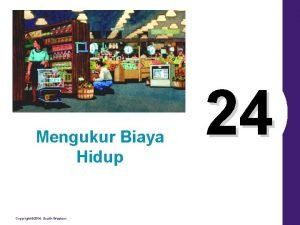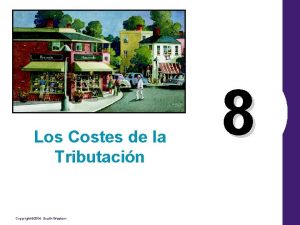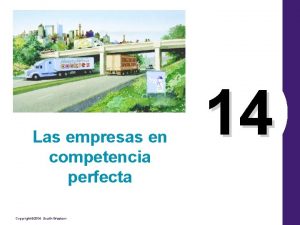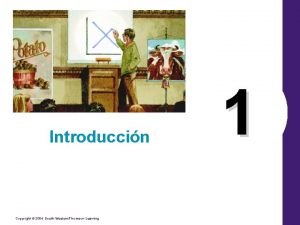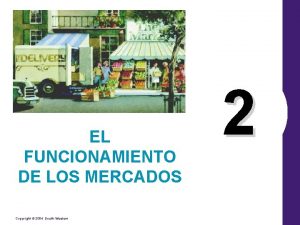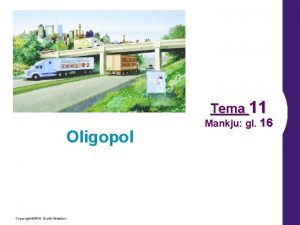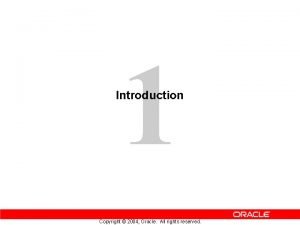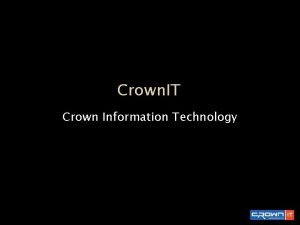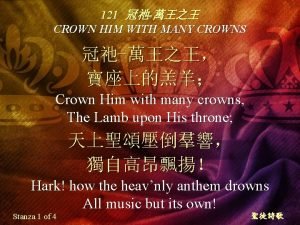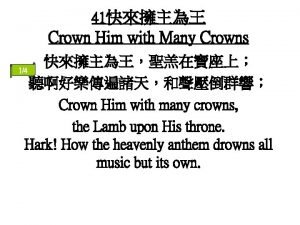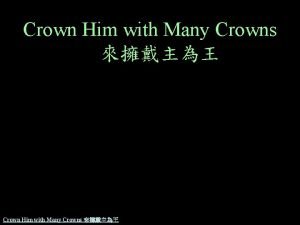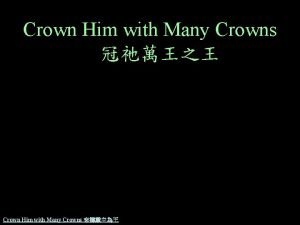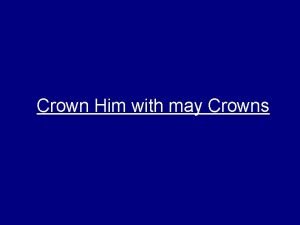The Simple View of Reading Crown Copyright 2004













- Slides: 13

The Simple View of Reading © Crown Copyright 2004

Aims To: • familiarise staff with ‘The Simple View of Reading’; • begin to consider the implications of ‘The Simple View’ for learning and teaching in our classes.

The Rose Review Final Report, Jim Rose, March 2006 © Crown Copyright 2004

‘The simple view of reading’ Or, why are we changing to this…? from this… phonic (sounds and spelling) knowledge of context Text word recognition and graphic knowledge grammatica l knowledge

The searchlights model phonic (sounds and spelling) knowledge of context Text word recognition and graphic knowledge grammatical knowledge

The ‘searchlights’ model STRENGTHS PROBLEMS • It acknowledges that the • It reinforces a misguided reading process is complex. opinion that phonic decoding and knowledge of • It makes clear that a range printed words are optional of different types of searchlights knowledge are used in • By trying to account for all reading the complexity of reading • These different types of as it develops over time in knowledge need to be one simple diagram, it acquired if children are to inevitably confounds develop adequate reading accuracy and skill reading comprehension

Reading has two components Word Recognition Comprehension The ability to recognise words presented in and out of context. The process by which word information, sentences and discourse are interpreted. The ability to apply phonic rules - blending phonemes to decode. The same processes underlie comprehension of both oral and written language. High quality phonics work – prime approach for beginners in learning to decode and encode. Continues to develop throughout life!

+ Good word recognition, good language comprehension Word recognition Good language comprehension, poor word recognition + Poor word recognition, poor language comprehension Good word recognition, poor language comprehension - Language comprehension

Developing word recognition skills • phoneme awareness and phonics teaching • repetition and teaching of ‘tricky’ words

Developing language comprehension • talking with children • reading to children • learning about words • teaching comprehension strategies

A guided reading continuum comprehension Pre-reading skills decoding © Crown Copyright 2004

Discussion What might be the implications of ‘The Simple View of Reading’ for your planning, teaching and assessment of reading in class ?

Questions and Close


